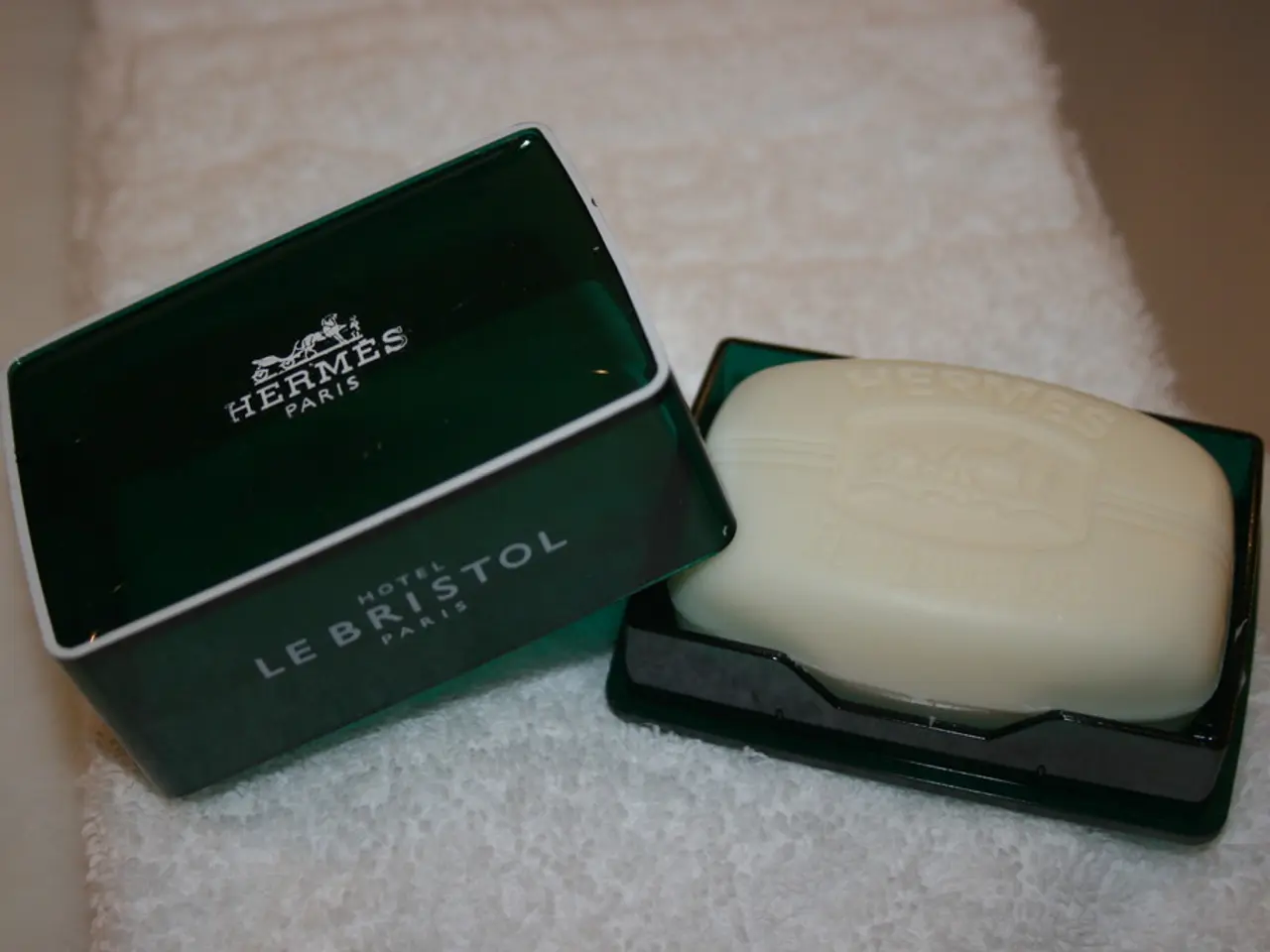Tricks to Induce a Sneeze: Exploring 13 Methods to Sneeze Voluntarily
Intriguing as it may seem, there are several methods that can induce a sneeze on demand. These techniques exploit the body's physiological responses to certain stimuli, with the trigeminal nerve often playing a pivotal role.
One such phenomenon is the photic sneeze reflex, also known as photogenic sneezing. This reflex is triggered by bright lights, and it's thought to be linked to the confusion of nerve signals in the human nervous system. The exact genetic basis remains unclear, but it is suggested that the condition might be heritable, with a possible autosomal-dominant trait.
Sneezing can also be triggered by inhaling irritants like pepper or dust. These particles irritate the nasal mucosa, leading to an inflammatory response and the release of histamine. The trigeminal nerve, which transmits signals from the nasal cavity to the brain, then initiates the sneezing response.
Directly stimulating the nasal mucosa with a feather or similar object can also trigger a sneeze. This method works by mechanically irritating the mucosa, sending signals through the trigeminal nerve to initiate sneezing.
Other triggers like certain smells or tastes can also induce sneezing. These triggers often work by irritating the nasal mucosa or by stimulating the trigeminal nerve, similar to the photic sneeze reflex.
Interestingly, plucking an eyebrow hair or a nostril hair can also cause a sneeze due to the stimulation of the trigeminal nerve. This nerve, a large cranial nerve important for movement and sensation in the face, has three different branches, each serving a different area of the face.
In addition, inhaling the bubbles of a carbonated drink can induce a sneeze because the nose is more sensitive to carbon dioxide than the tongue. Black pepper, cumin, coriander, crushed red pepper, and capsaicin (found in hot peppers) are known nasal irritants that can induce sneezing.
Cold air on the face can trigger the sneeze reflex due to the response of the trigeminal nerve to temperature. Rolling a corner of a tissue into a point and placing it in one nostril can also stimulate the trigeminal nerve, potentially causing a sneeze.
It's essential to note that while these methods can induce a sneeze, they should be used with caution. Overstimulation of the trigeminal nerve could potentially lead to discomfort or other unwanted effects.
In summary, the methods to trigger sneezing on demand often involve stimulating the nasal mucosa or exploiting reflexes like the photic sneeze reflex. These stimuli activate the trigeminal nerve, leading to the sneezing response as the body attempts to expel perceived irritants. Sneezes are typically powerful and can occur suddenly, serving as the body's way of getting irritants out of the nasal passages.
- Obesity and asthma are linked health issues that are often associated with inflammation and the irritation of the nasal mucosa.
- In the realm of predictive disease, research suggests a potential correlation between the photic sneeze reflex and heritable genetic traits, like an autosomal-dominant trait.
- Depression, diabetes, Crohn's disease, psoriasis, and HIV are various health-and-wellness concerns that aren't typically connected to sneezing, but they require proper nutrition, fitness-and-exercise, and science-based management for beneficial outcomes.
- AQ, denoting air quality, may affect individuals sensitive to airborne particles as these can trigger sneezing by irritating the nasal mucosa and initiating an inflammatory response.
- Sneezing is a common bodily response to various environmental triggers, with the nose being more sensitive to carbon dioxide compared to the tongue, as evidenced when inhaling the bubbles from a carbonated drink.
- While some people can induce sneezing on demand through various methods, such as direct nasal mucosa stimulation or exploiting the photic sneeze reflex, overstimulation could potentially lead to discomfort or other unwanted effects.
- Interesting science facts uncover the trigeminal nerve's role in triggering sneezes, as it transmits signals from the nasal cavity to the brain in reaction to irritants or temperature changes on the face.
- Certain smells, tastes, and nasal irritants like black pepper, cumin, coriander, crushed red pepper, and capsaicin can induce sneezing by irritating the nasal mucosa or stimulating the trigeminal nerve.
- Despite sneezing being a powerful and sudden release of perceived irritants from the nasal passages, the comorbidity between sneezing and diseases like obesity, asthma, depression, diabetes, Crohn's disease, psoriasis, HIV, or air quality (AQ) warrants increased attention to overall health-and-wellness, nutrition, fitness-and-exercise, and medical science advancements.




